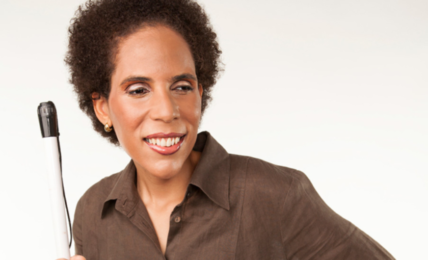500 businesses have committed to create more inclusive spaces for disabled workers
On Tuesday, global business collective The Valuable 500 (Valuable) announced reaching its goal of having 500 international businesses commit to greater disability inclusion, Valuable announced in a press release.







